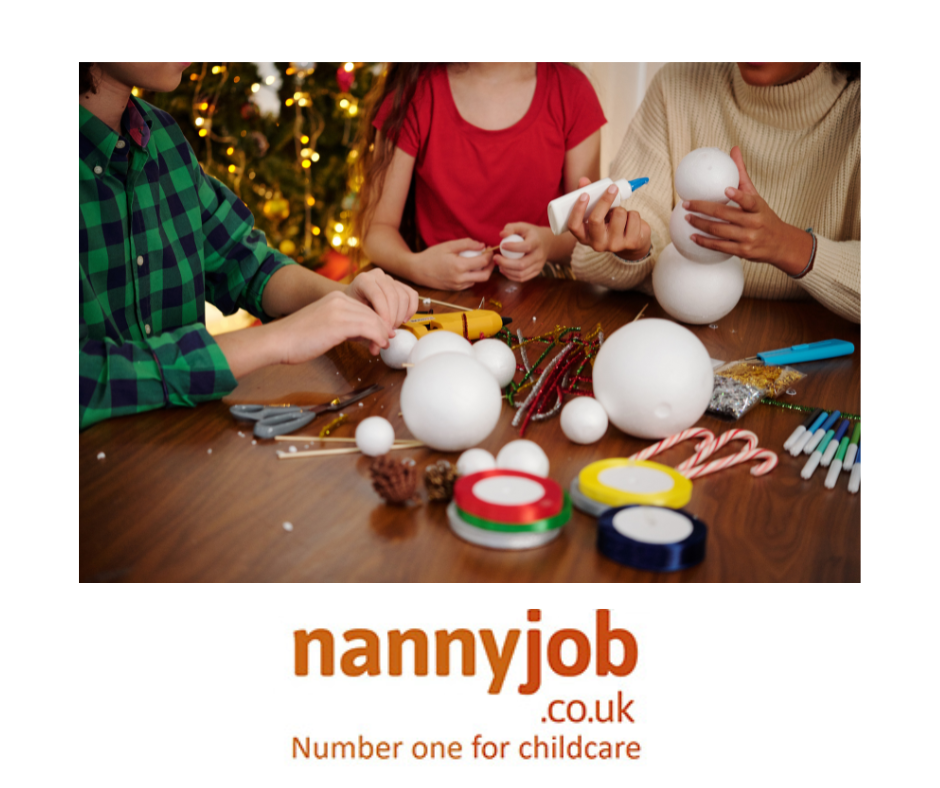Christmas Eve is a time for family, warmth, and of course, movies that fill the room with holiday spirit. Whether you’re snuggled up under a blanket with hot cocoa or gathered around the TV in your festive pajamas, a good Christmas movie can be the cherry on top of your holiday celebrations. Here are our top 5 family movie picks for a cosy Christmas Eve.
1. Home Alone (1990)
A classic that never gets old, “Home Alone” tells the story of Kevin McCallister, an 8-year-old boy who is accidentally left behind when his family jets off to Paris for the holidays. Kevin’s adventures in protecting his home from burglars are both hilarious and heartwarming.
2. The Polar Express (2004)
This animated adventure based on the children’s book by Chris Van Allsburg is a visual treat. It follows a young boy who boards a magical train to the North Pole on Christmas Eve. Full of wonder and excitement, “The Polar Express” is a journey of self-discovery and the spirit of Christmas.
3. Elf (2003)
Will Ferrell stars as Buddy, a human raised as an elf at the North Pole, who ventures to New York City to find his biological father. This movie is a laughter-filled journey and a reminder of the joys of Christmas.
4. The Grinch (2000 or 2018)
Whether you prefer the Jim Carrey version or the newer animated adaptation, “The Grinch” is a delightful story that explores the transformation of a grumpy creature who attempts to ruin Christmas for the cheerful residents of Whoville.
5. Frozen (2013)
Although not a traditional Christmas movie, “Frozen” has become a holiday season staple. The story of Elsa and Anna is a beautiful tale of sisterhood, bravery, and love, set in a magical winter wonderland.
These movies are more than just entertainment; they are a way to bond, laugh, and create lasting memories. So grab your blankets, prepare some popcorn, and settle in for a cosy Christmas Eve movie night.









